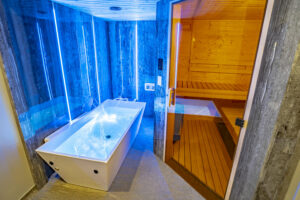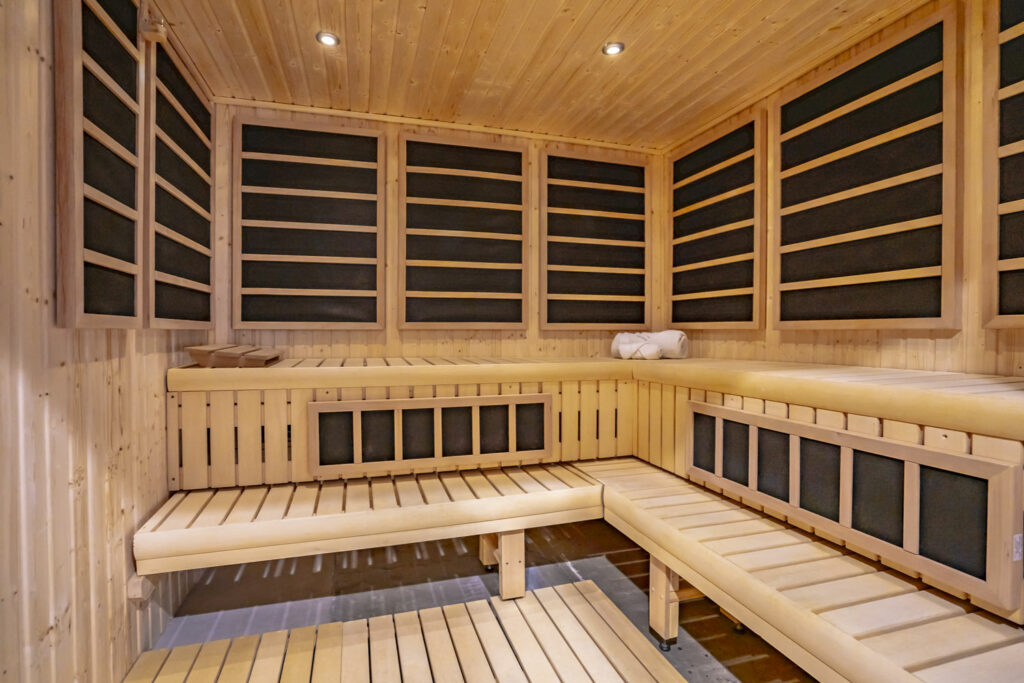The Art of Zen
Zen gardens are increasing in popularity as our ever-engaged lives seem to get progressively busier. What is the draw to this simplistic form of art and being? In this article we explore the history and the elements that make Zen gardens an appealing addition to any home or business.
The original intent of simplistic spaces found in Zen gardens allowed Buddhist monks a clear, distraction-free space to meditate and teach. Many of these gardens included the monks’ interpretations of bliss with additions of waterfalls, white sanded rake gardens and large spheres or boulders. Because of the beauty these spaces provided, many aristocrats and emperors made these a part of their landscape. The display of these spaces drew prominent lords and ladies, often venturing out by boat, to visit these paradisical displays. When power shifted in the 12th century to military power, it also moved the art of building Zen gardens into the hands of Samurai warriors. The Samurai practice made it an easy adoption as they believed the path to one’s truest self included; self-discipline through meditation, simplicity and removing distractions of the outward world. These simplistic gardens provided space for ceremonial practice often used in their traditional Zen Training through cultivating the plants, sweeping the landscape and tea offerings.
As the Zen garden evolved into the fabric of Japanese Culture, so did the elements that were included. Bridges became a common feature alongside added plants, trees and ornaments. Some gardens elaborated into the senses engaging all faculties of smell, touch, sight, sound and taste to enhance the experience. During the planning phase, many architects turn to the guiding principles of Zen design which include austerity (Koko), simplicity (Kanso), naturalness (Shinzen), asymmetry (Fukinsei), subtlety (Yugen), magical/unconventional (Datsuzolu) and stillness (Seijaku). It’s believed by including these elements, one draws a direct connection between Zen and the arts.
Japan’s leading contemporary Zen garden designer, Masuno Shunmyo, who is also an 18th-generation Zen priest outlines this connection with the following observation: “Through Zen ascetic practice, an emotion of the mind is found that can’t be directly exposed or understood. One must therefore discover ways to communicate this emotion to others. That is, ‘the expression of oneself’. The Zen priest has traditionally turned to such classical arts as calligraphy, ikebana and rock placement.”
Today, the palette for Zen garden design is open to many interpretations. Traditionalists align themselves with the elements that have been found in the earliest of expressions, keeping the simplistic nature at the center of their focus and delivery. Many zeroscapes can benefit from the sand and bolder configuration that is leant so beautifully through this demonstration. Not needing water or having live organic elements also makes it an appealing option for businesses that may not have a greenspace for their employees, still gifting a much-needed escape to the everyday stress and rigor of many workplaces. Wellness centers are developing outdoor gardens as another modality option for their clientele to relax in adding guided meditation sessions, sound baths and yoga practices to strengthen the benefit. Behavioral Health centers find the addition of such gardens a welcomed experience for their patients dealing with recovery from addiction or other stress disorders that greatly benefit from that dose of calm.
Homeowners are also taking notice and adding Zen spaces for their own private and personal benefit. Many use these spaces for meditation, sound and vibrational healing, focus and the opportunity to declutter the mind. The act of tending to a garden alone can provide a reprieve from the gravities of daily life.
The true intention of a Zen garden can be left simply to that connection back with nature. Allowing a space for bees and birds to gather, butterflies and insects to frequent, the breeze to make music and the plants to dance, a space where you can feel the earth’s grounding energy, where your mind and body reconnect and where you are allowed to sit with the stillness and just be. That is where the true art of Zen resides, in the present moment of existence.
About Shawnee Powers
Shawnee has spent the majority of her life focusing on complete wellness and healing. Her nursing and healthcare background has been pivotal in understanding the mechanisms of health from a medical perspective and her own personal journey has brought her to develop her unique approach with the use of natural elements such as salt, water, heat, light and the faculties of our own body and intuition. Shawnee is a thought leader in her industry, her focus is on a future where every community has access to the combination of services Float Magic provides allowing access to beautiful facilities and impactful therapies that not only changes the individual, but the community as a whole.












